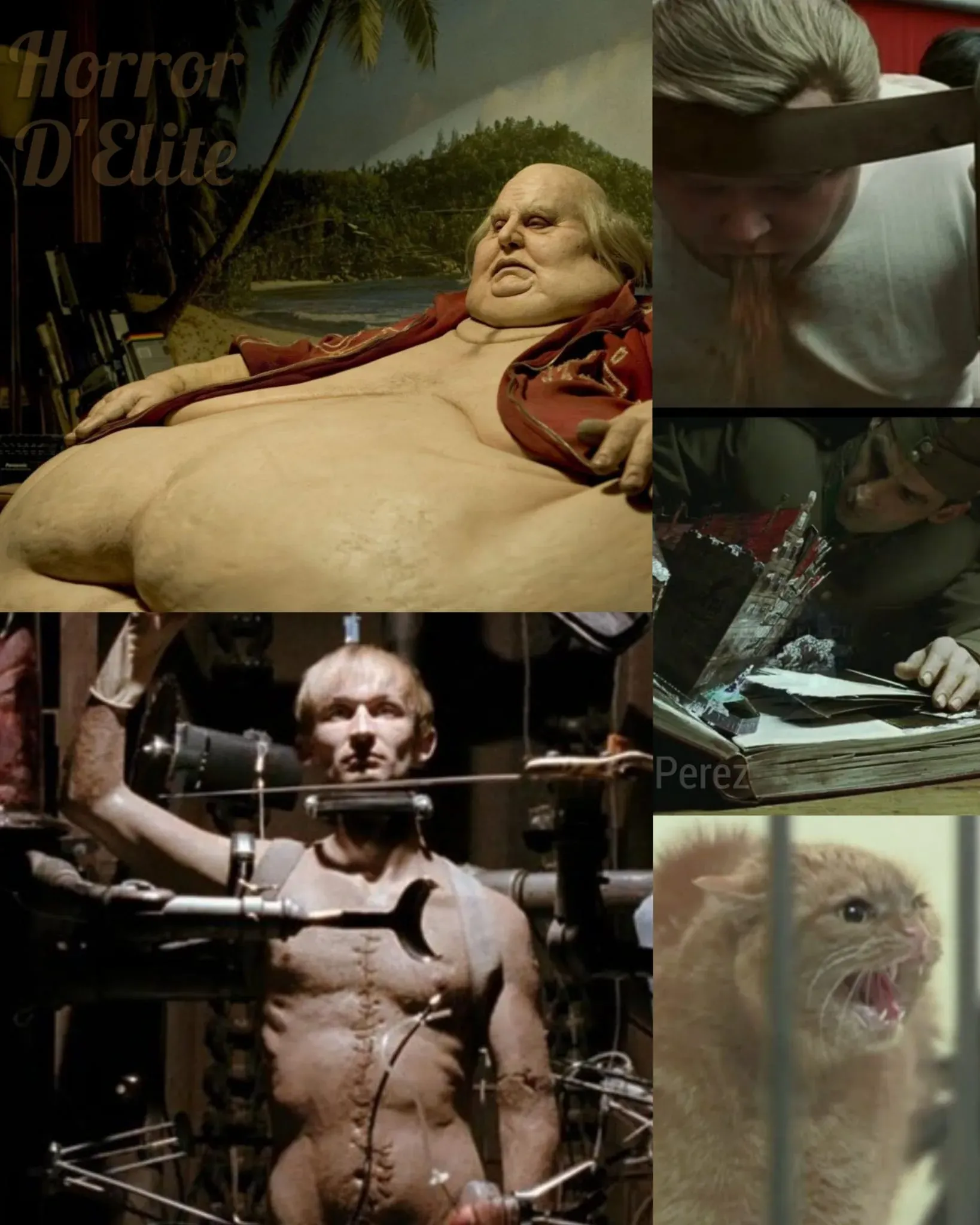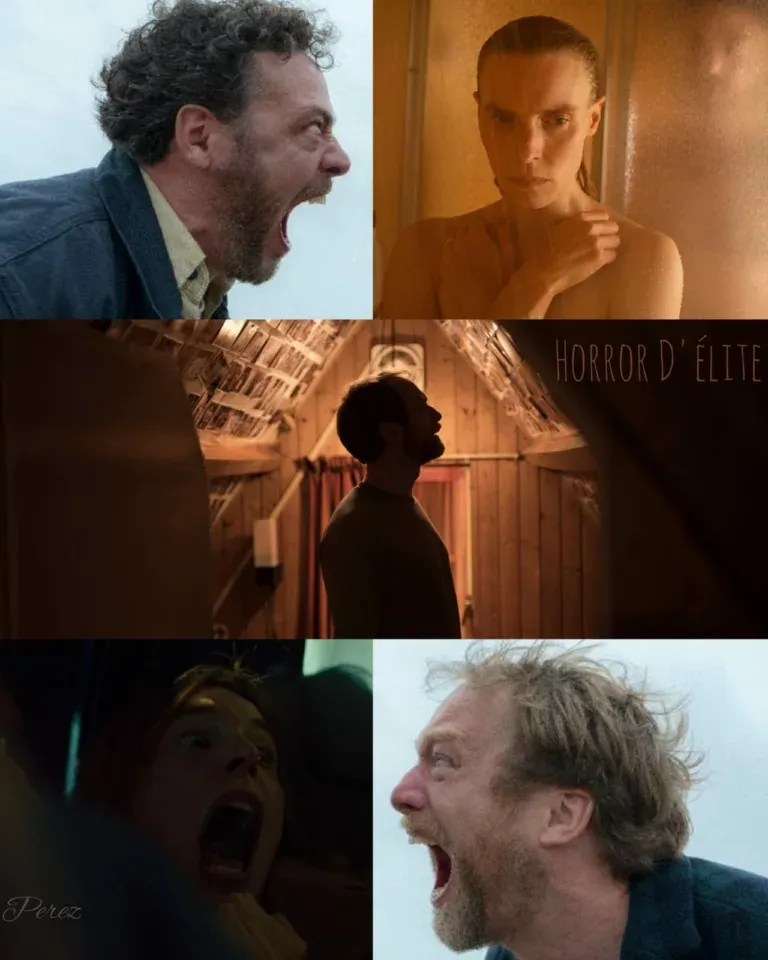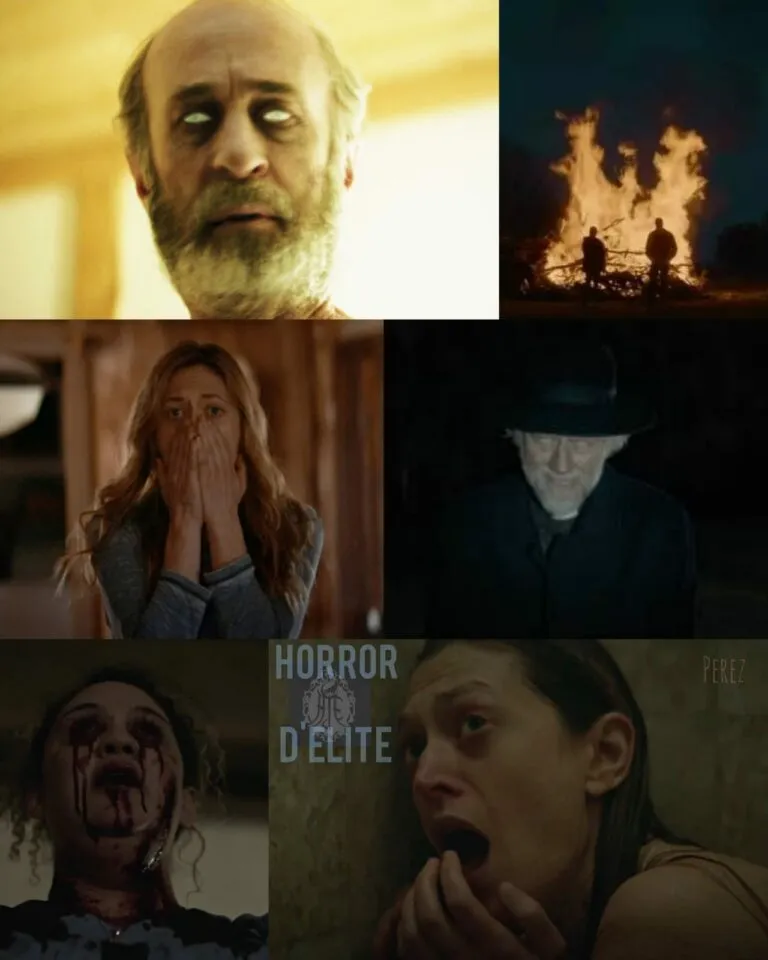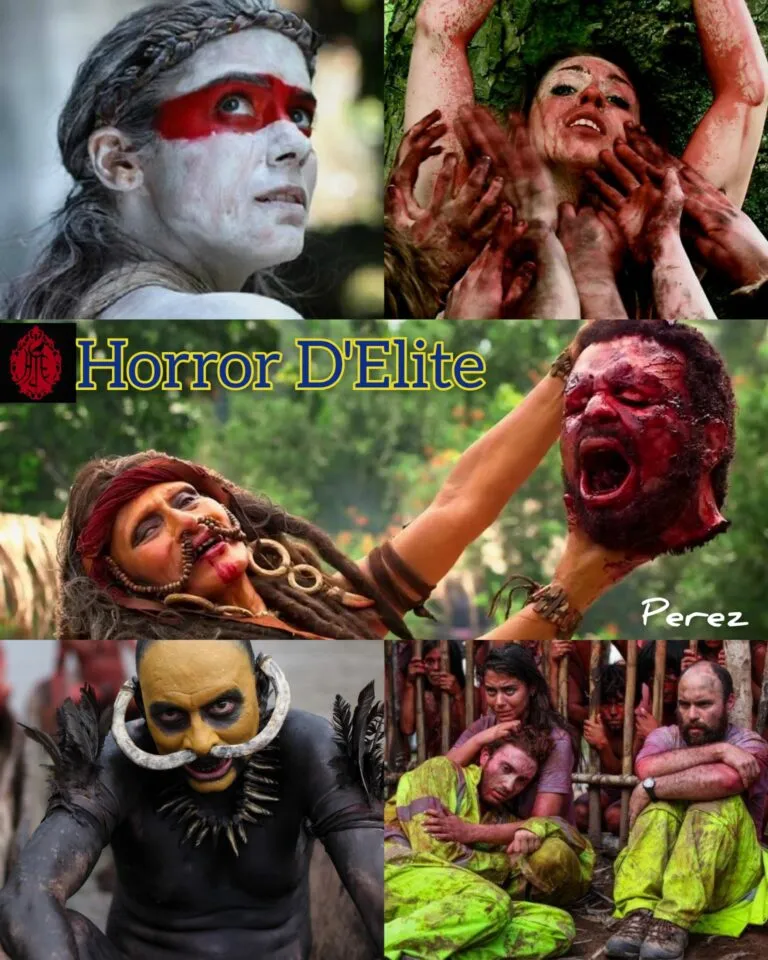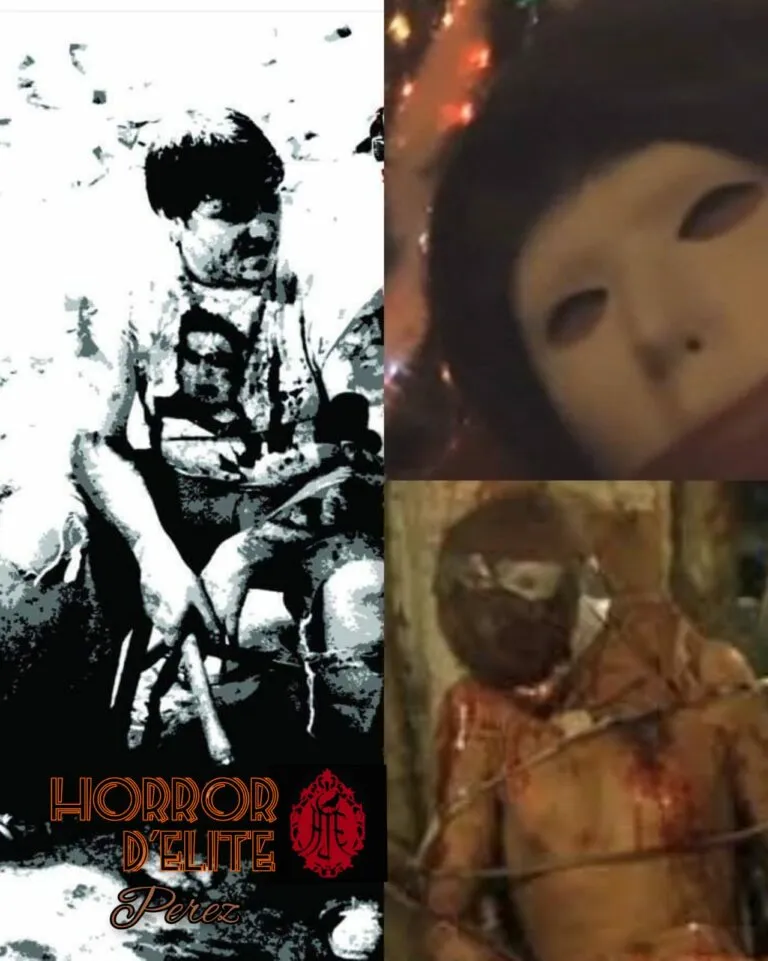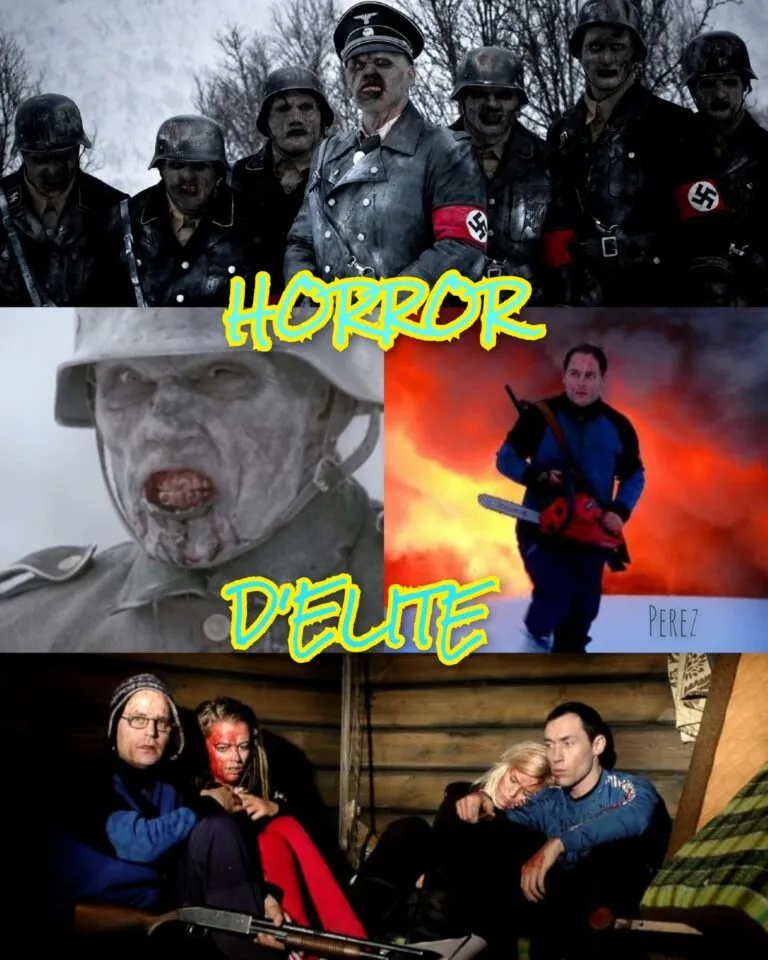TAXIDERMIA
TAXIDERMIA
Directed by György Pálfi
Hungary 2006
PLOT
The narrative follows three generations of males from the Balatony family, who find themselves settled by chance in Eastern Europe. It tells the story of the grandfather, a captain in the army during World War II, the father, a professional athlete, and the son, a taxidermist. All three are recounted by the youngest member of the family.
CONSIDERATIONS
Partially based on a story by Hungarian writer Lajos Parti Nagy, TAXIDERMIA is undoubtedly one of the peaks of the grotesque film genre, where excess and exaggeration animate the mad deeds of its bizarre protagonists, without necessarily following a logical thread. If everything happens in a world almost parallel to ours, György Pálfi does not hesitate to point the finger at Soviet dictatorship and its heavy influence on post-war Hungarian politics (hence, the Russians must always win during the trough-eating contest), seen, however, with nostalgia once it ended only by those who benefited from it like our giant Balatony Kálmán.
Through the epic of a family and its three firstborns, we traverse about 50 years of history, from the 1940s to the 1990s:
Morosgoványi is a soldier during World War II, and his main problem is a morbid view of sex and autoeroticism, two elements that push him beyond all limits and lead him to an unhappy end.
Kálmán, on the other hand, is the son, born to Morosgoványi and a maid at the villa where the soldier was in service. The son was conceived on the carcass of a slaughtered pig that morning, and at his birth, Kálmán is endowed with a small curly tail, like that of a pig. This “abnormal” fact explains Kálmán’s future life, an international champion of competitive eating, where contestants compete to eat for the longest time in the shortest time possible. Kálmán’s fame leads him to marry, have a son, and become incredibly obese.
Lajoska, the son, is now grown up and has grown up in the opposite way of his father: skinny, solitary, he hates competitive eating contests, and his job is a taxidermist. In his spare time, he helps his now completely disabled father survive, feeding him and trying to keep his cats alive, despite repeated insults and offenses from Kálmán.
The ending is undoubtedly the climax of this dark and surreal comedy: a sudden explosion of visionary and surreal art that leads to body horror.
The only scenes of explicit violence in the film are the moments dedicated to taxidermy techniques, combined with liters of vomit that will pour onto the screen. Violence in Taxidermia lies in the insane ideas that strike the viewer not so much visually but conceptually.
A film that echoes the atmospheres and troubled characters of Eastern Europe (A Serbian Film) but also recalls the surrealism of films like Marco Ferreri’s La Grande Bouffe.
Technically, the film is flawless; Pálfi directs with the skill of a veteran, and some shots immerse you in a sexual relationship, a bathtub, an organ emptying during taxidermy, a pop-up scene that you will hardly forget.
Also notable is the soundtrack by Amon Tobin.
PANDEMONIC MOMENT
In the third episode, after yet another strong argument between father and son, Layoska finds his father dead, devoured by large cats (which he himself abundantly fed) with his guts spilled on the floor.
Subscribe to our YouTube channel

